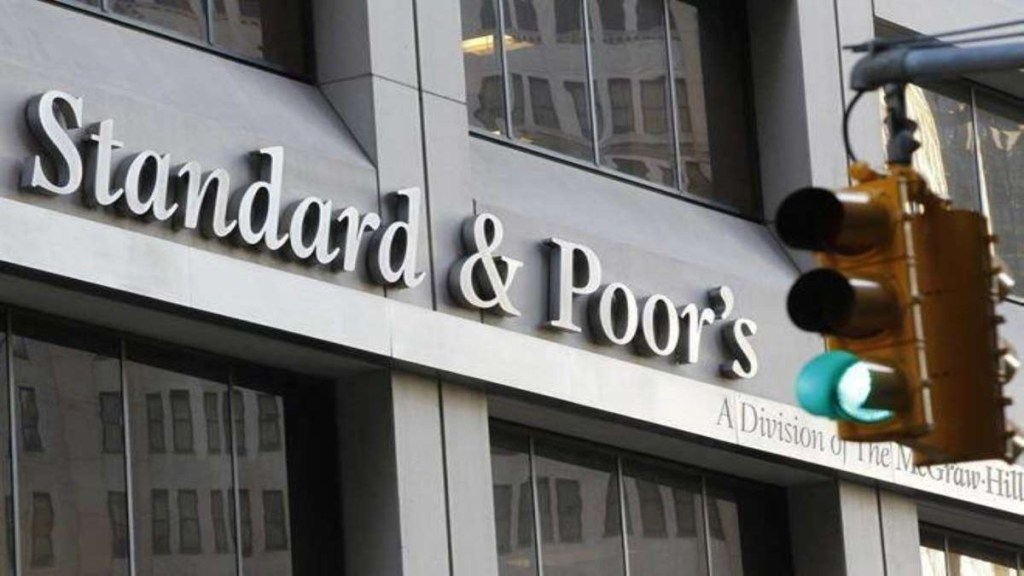The companies tracked by the global rating agency S&P in India are in good credit shape due to strong underlying growth and accommodative balance sheets, the agency said in a report on Tuesday.
“Solid earnings momentum over the next two years, by our forecasts, will make for one of the healthiest four-year stretches seen,” said S&P Global Ratings analyst Neel Gopalakrishnan.
A supportive factor is the country’s economic growth, which is the highest in the region at 6% for 2023 and 6.9% in 2024, the agency said. Moreover, strong onshore liquidity mitigates the impact of tougher external-funding conditions, it added.
“By our estimates, aggregate Ebitda (earnings before interest, taxes, depreciation, and amortisation) in fiscal 2024 (ending March 31, 2024) will be about 50% higher than five years back for rated corporate and infrastructure entities in India. Yet aggregate debt is hardly changed, reflecting the improvement in credit quality,” it said in the report.
It, however, expects a limited rating upside given the improvement in credit quality is reflected in its base-case assumptions.
“Some 85% of our ratings on India-based corporate and infrastructure entities have a stable outlook. That said, financial profiles are strengthening within current rating categories,” the report states.
S&P said rising domestic demand in India and sector-specific recovery are more than offsetting negatives, including tough global economic conditions and higher policy and borrowing rates.
“Debt reduction will likely remain a focus for many rated companies, though the pace of deleveraging will slow because of rising capital expenditure. Financial discipline aided by strong operating cash flows led to significant deleveraging in Indian corporates over the past three years,” it said.
“By our forecasts, the median debt to Ebitda for our rated portfolio (excluding debt-free IT companies and infrastructure/utility companies that typically have higher leverage) will fall to about 2.4x by March 2024 from about 2.7x the year before. This is a significant decline from 4.3x as of March 2020.”
Leverage for infrastructure/utility entities is likely to decline to about 5.2x by March 2024 from our estimated 6.3x as of March 2023. These companies are unlikely to deleverage below 5x given capex funding at 70:30 debt-to-equity mix, it added.

